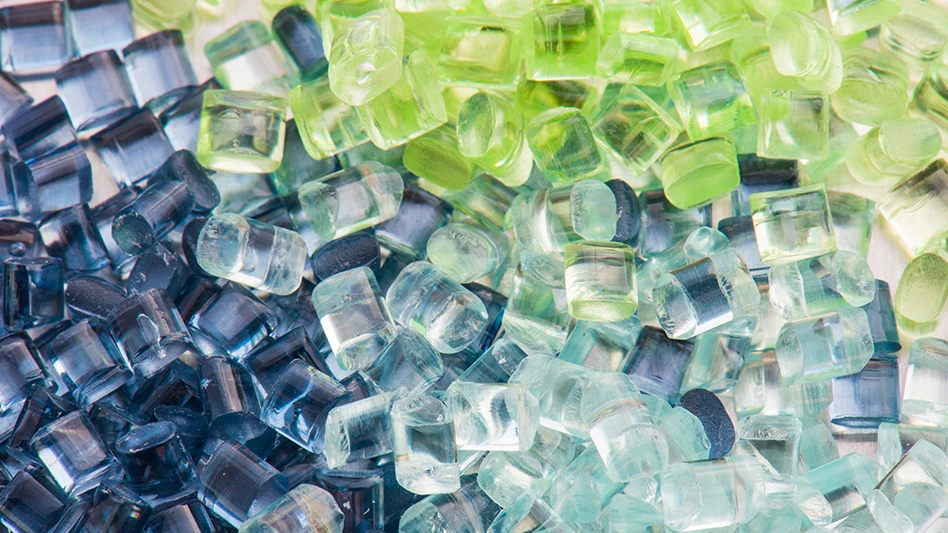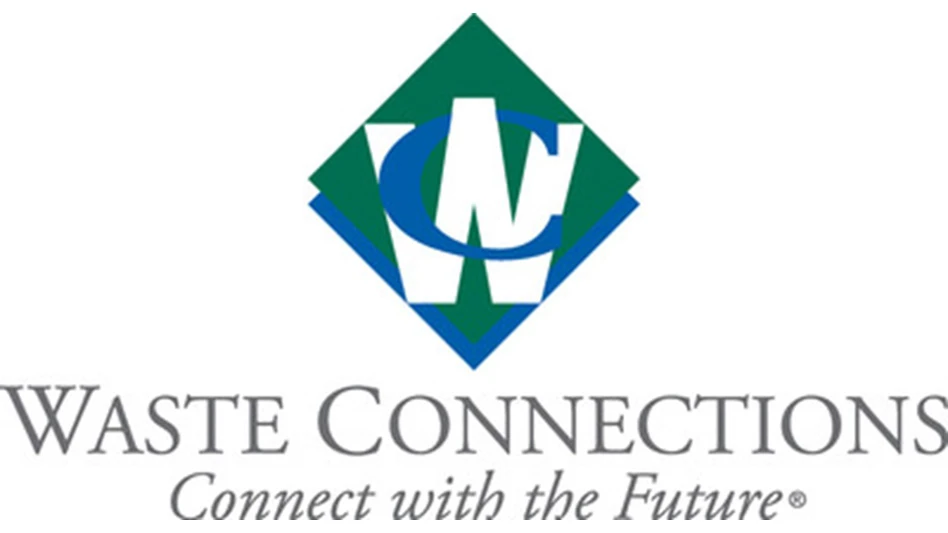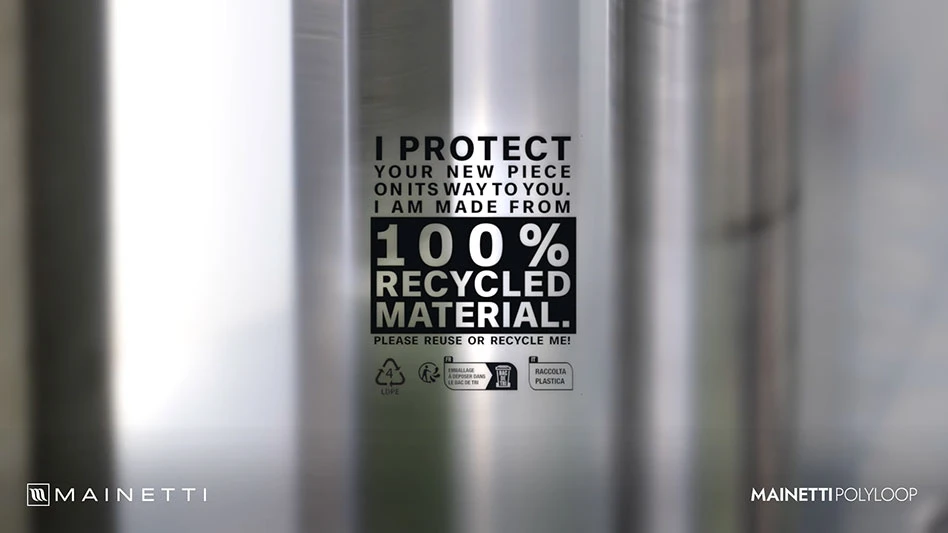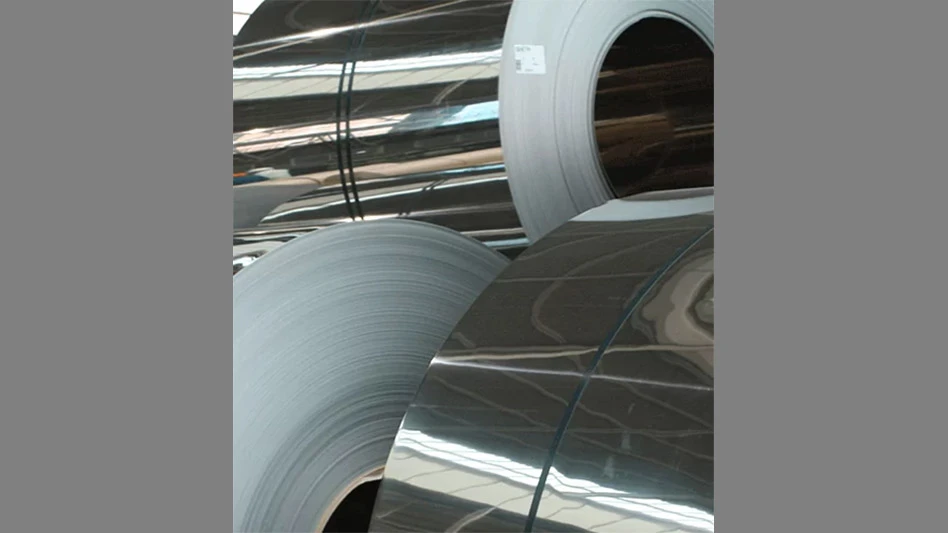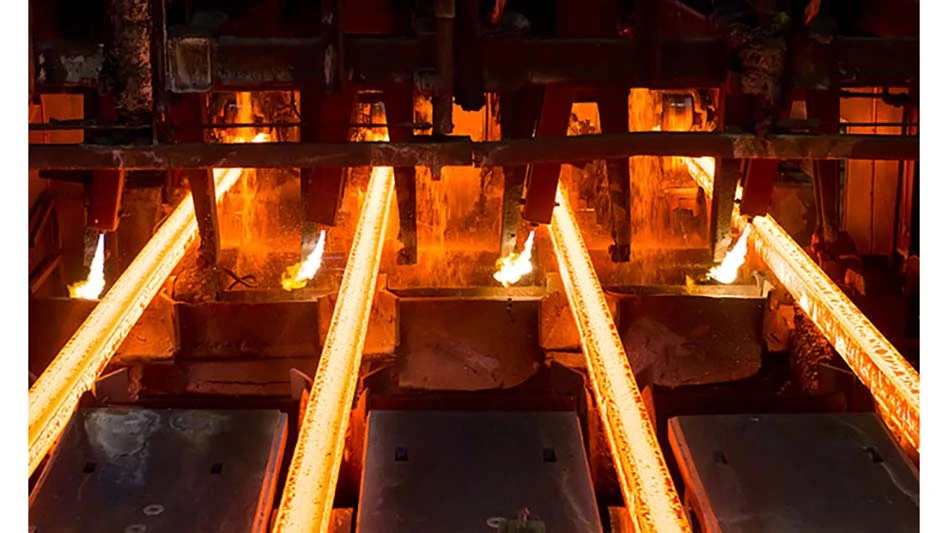
Photo courtesy of ArcelorMittal
The latest version of an annual survey conducted by Global Energy Monitor (GEM), based in Covina, California, indicates the global iron and steel industry made major strides toward net zero goals in the last year.
The “Pedal to the Metal” survey gathers data on the current and developing global iron and steel plant fleet, with an accompanying report that examines the status of the iron and steel sector compared with global decarbonization roadmaps and corporate and country level net-zero pledges.
GEM culls the data from its Global Steel Plant Tracker (GSPT) database of all operating and in-development crude iron and steel production plants with a capacity of 500,000 metric tons per year (mtpy) or more.
“The global iron and steel industry made major strides towards net zero goals in the last year, with more lower-emissions electric arc furnace (EAF) steelmaking coming online and entering the development pipeline than ever before," GEM says of decarbonization progress.
The report shows two trends supporting a decarbonization shift: 1) nearly all newly announced steelmaking capacity follows the EAF production route, at 93 percent; and 2) planned capacity and retirements indicate a transition away from coal-based steelmaking in some parts of the world.
GEM says its survey indicates a strong boost in EAF steelmaking in the years to come. The global sector is in the process of adding 310 mtpy of EAF capacity, 171 million mtpy of higher-emissions basic oxygen furnace (BOF) capacity, and 80 million mtpy of capacity with technology unknown to GEM.
“If these developments and retirements take effect, global operating steel capacity should sit just under the International Energy Administration (IEA) net zero-aligned target of 37 percent EAF steelmaking by 2030,” says the group, adding that with heightened momentum, the goal is increasingly attainable.
GEM knows of 774 million mtpy of steelmaking capacity under development, with 223 million mtpy in the construction phase.
“Together, China and India are responsible for 53 percent of all developments, but especially dominate as developers of coal-based capacity,” the group says.
“India emerged as the top developer of coal-based BOF capacity last year. This year, India’s buildout of BOF capacity has grown so large that it has also replaced China as the top developer of overall steel capacity, even as China remains the top developer of EAF capacity."
Globally, many of the shifts away from coal-based blast furnaces involve ironmaking investments under development using direct-reduced iron (DRI). According to GEM, DRI must be operated with a green hydrogen reducing agent to achieve net-zero production.
“The progress is promising for a green steel transition,” says Caitlin Swalec, program director at GEM. “Never before has this much lower-emissions steelmaking been in the pipeline. At the same time, the buildout of coal-based capacity is concerning. What the industry needs now is to make these clean development plans a reality while backing away from coal-based developments.”
The organization adds, “DRI made with green hydrogen is a critical piece of the transition as secondary, scrap-based steelmaking via EAF alone is not enough to meet global needs for steel.”
Despite what GEM calls little change in total blast furnace capacity in China since its previous report, a closer look at announcement and construction dates shows that new blast furnace development is still strong in China, with 32 million mtpy of blast furnace capacity entering construction there in 2023.
While India has the most developing blast furnace capacity announced, China has more of it that has progressed into the construction stage, according to GEM.
As of this year, Asia operates more than two-thirds (68 percent) of global steelmaking capacity, the majority of which is in China (1.075 billion mtpy) and India (123 million mtpy), followed by Japan (109 million mtpy). Beyond Asia, the United States has the world’s next largest steel sector with 109 million mtpy of capacity.
Of global operating ironmaking capacity with a known production route, 91 percent uses coal-based blast furnaces and 9 percent relies on DRI. About 61 percent of global operating blast furnace capacity is in China while India is a distant second with 7 percent.
Among large nations with the highest percentages of EAF mills as part of their overall capacity in 2024 are Iran (87.4 percent), Turkey (76.6 percent), the U.S. (69.7 percent), Russia (39.1 percent) and South Korea (37.4 percent).
The full 42-page GEM “Pedal to the Metal” report is available here.
Latest from Recycling Today
- Washington legislature passes EPR bill
- PureCycle makes progress on use of PureFive resin in film trials
- New copper alloy achieves unprecedented high-temperature performance
- Gränges boosts profits and sales volume in Q1 2025
- RMDAS April figures show recycled steel price setback
- Steer World offers PEX plastic recycling machine
- New recycling grant program launches in Massachusetts
- Tire Recycling Foundation names executive director
